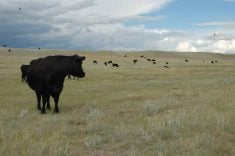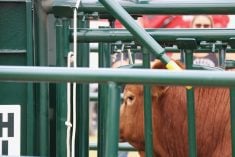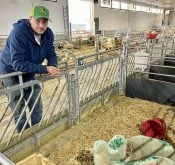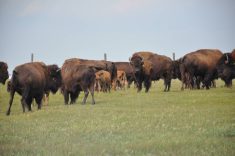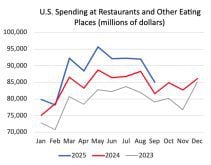OKOTOKS, Alta. Ñ Trials for a national goat identification program are scheduled to start this spring.
Several types of radio frequency identification ear tags, as well as two types of plastic dangle tags, will be tried on 1,000 animals on meat and dairy goat farms, said the president of the Canadian Goat Federation. Electronic identification is the likely choice.
The Canadian Food Inspection Agency has said by the time the goat identification program is implemented, the radio frequency ID will be a requirement, said Stan Johnston, chair of the federation.
Read Also
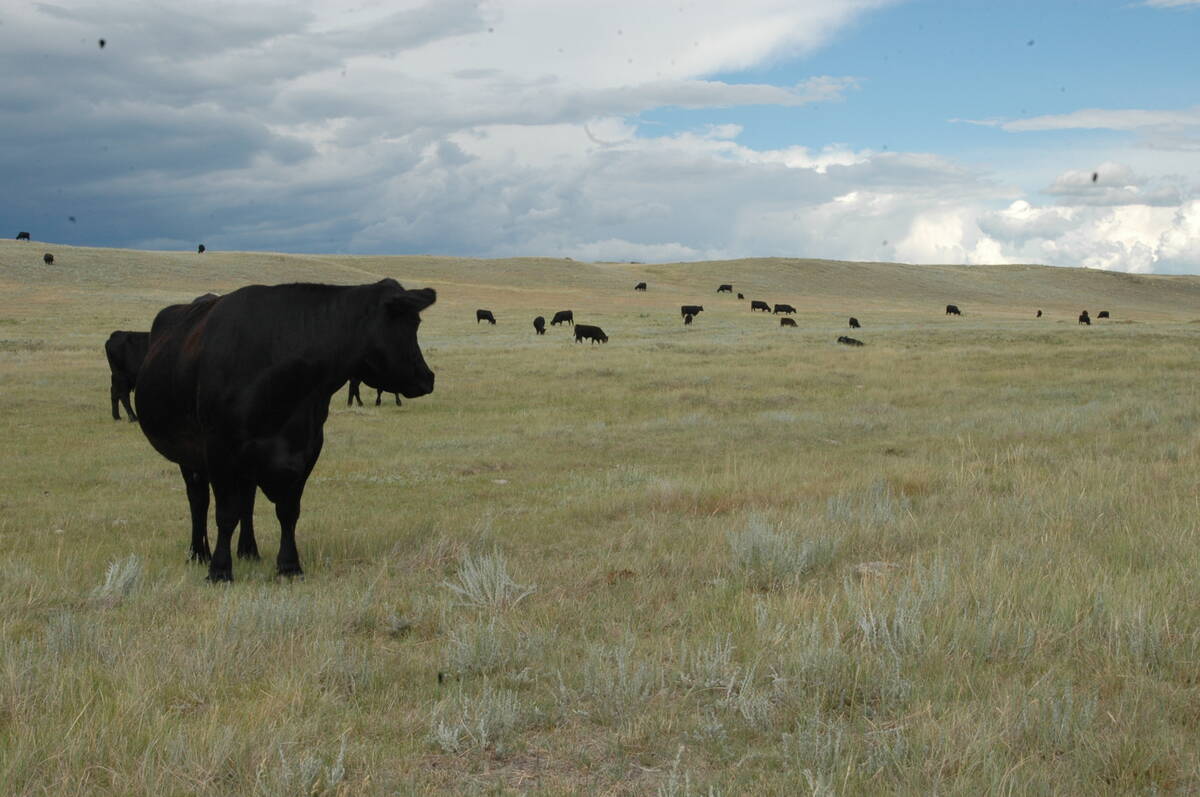
Canadian Food Inspection Agency slammed for handling of bovine tuberculosis case
The federal government leans heavily on producers to “take one for the team” and risk their livelihoods without any reassurance of support.
The two month trial period will probably start in commercial dairies in Ontario and Quebec, as well as some Angora herds in Alberta. The federation needs to see how well tags are retained by animals in different environments like feedlots, pasture or bush.
The tags must be large enough to hold a number that can be read from a distance.
Quebec uses a two tag system with an RFID tag in one ear and a dangle tag in the other. However, a two tag system could be a hard sell elsewhere so producers may use a tattoo in one ear and tag in the other.
The tests also need to show how to attach tags to breeds that don’t have a large outer ear.
The identification also includes record of movement but some clarification is required.
“We are being told all movements off the farm will have to be reported whether it is a half hour trip to the vet or to a show,” Johnston told a seminar near Okotoks.
The goat federation wants some exemption on short trips but shows will have to be reported because animals mingle and could pick up disease.
The goat identification program has not been enshrined in federal regulation yet and that could take up to 18 months.
An extra charge may be added to the tags with the money directed to the goat federation and to cover administration charges with the Canadian Livestock Identification Agency.
“There will be a markup because there are costs involved in distributing the tags,” said Johnston.
Some breeders insert microchips into their animals but this may not be acceptable identification especially for meat animals. There is a concern the chip could migrate and end up in meat for human consumption. Some consumers eat all the parts including ears and tails.
Identification is necessary if goats hope to return to the United States market when the border reopens. In addition, a scrapie control program must be implemented before breeding stock is allowed back to the U.S.



